It’s hard to imagine a more destructive plan. Importing foreign price controls on prescription drugs would reduce access to existing treatments for everything from rare diseases to cancer. To understand why, consider two recent pieces by Michael Baker for the American Action Forum’s “Reality Check-Up: The Truth About Single-Payer Systems.”
Here in the United States, as Baker explains, we have unprecedented access to therapies for rare diseases — conditions that affect fewer than 200,000 Americans. That’s thanks to our market-based system that rewards innovation.
By contrast, government-run, single-payer healthcare systems often reject rare disease treatments “because they are inherently expensive to develop and serve very small patient populations.”
When governments must choose between funding a high-cost therapy for a handful of patients or allocating those resources for broader public health initiatives (e.g., vaccinations, diabetes care), rare disease treatments often lose out.
Take Orkambi, a treatment for cystic fibrosis. In 2015, the U.S. Food and Drug Administration approved this cutting-edge drug. But the United Kingdom’s National Health Service rejected it until nearly four years later, “citing concerns over its cost-effectiveness.”
Or consider Spinraza, a treatment for spinal muscular atrophy that gained FDA approval in 2016. Canada slowwalked the drug for years — again, “due to its high cost.”
Americans also have better access to cutting-edge cancer therapies, as Baker extensively outlines.
[A]cross all Organization for Economic Co-operation and Development countries, the United States is the clear leader in launching novel cancer therapies. According to a 2022 IQVIA study of the new oncology drugs launched between 2016–2020, 96 percent were available in the United States within six months of FDA approval. In Canada, only 56 percent of those same drugs were available within the same period, and only 48–50 percent of new oncology drugs became available within one to two years after European Medicines Agency approval.
No wonder Baker concludes that, “when you get very sick, you want to be treated in the United States.” President Trump should think twice before sacrificing our most vulnerable patients on the altar of price controls.
Sally Pipes is PRI’s President, CEO and Thomas W. Smith Fellow in Health Care Policy and author of the recent book, The World’s Medicine Chest (Encounter Books).

